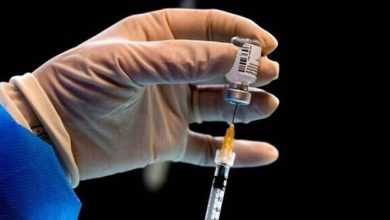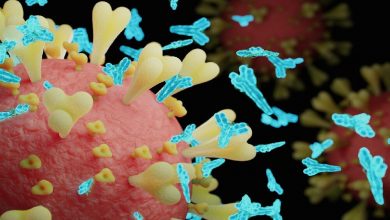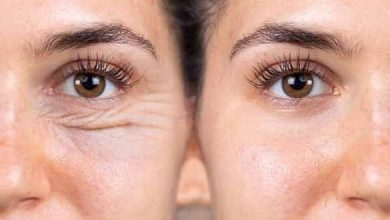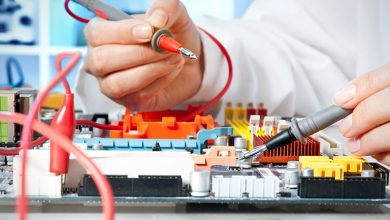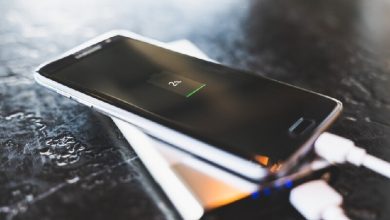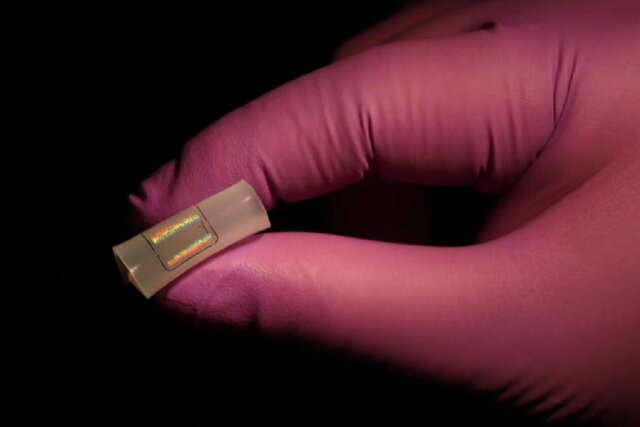
The researchers in this project built a new sensor that does not require sample preparation and requires minimal experience. Thanks to these capabilities, this sensor has a significant advantage over current test methods, especially extensive tests.
“It’s just pouring saliva on the device and getting a negative or positive result,” said Bormann, an assistant professor of mechanical engineering at Johns Hopkins University and one of the researchers on the project. The key point is that this method does not require chemical changes such as molecular labeling or antibody activation. This means that this sensor could eventually be used in wearable devices.
“This new technology can overcome the limitations of current Covid-19 tests, but it is not yet available in the market,” he said.
The PCR test is very accurate, but it requires a complex sample preparation process and takes several hours to several days to get results in the lab. In other words, rapid tests that detect the presence of antigens do not achieve much success in early detection of primary and asymptomatic infections and may be associated with inaccurate results.
A new sensor from Johns Hopkins University researchers has the sensitivity of the PCR test and the speed of the antigen test. During initial testing, the sensor demonstrated a 92% accuracy in detecting corona in saliva samples and results were similar to those of PCR. This sensor has shown remarkable success in the rapid detection of other viruses, including “H1N1 influenza virus” and “Zika”.
The sensor is based on “nano-effect lithography” and “Raman amplification surface interference” (SERS) and machine learning techniques. This sensor can be used for mass testing as disposable chips on hard or flexible surfaces.
FEMIA, a technology developed in the lab of David Gracias, professor of chemical and biomolecular engineering at Johns Hopkins University, is key to the method’s success. In this method, a sample of saliva is placed on the body and analyzed using a magnified surface imaging Raman technique that uses laser light to study the vibration of the sample particles.
Since the FEMIA nanostructured technology greatly enhances the Raman signal of the virus, the system quickly detects the presence of the virus. Although there are only minor effects on the model. Another important innovation of this system is the use of advanced machine learning algorithms to detect very small signs in spectral data that enable researchers to accurately determine the presence and density of the virus.
“Machine learning combined with unregistered optical detection allows us to have a single platform for testing a wide range of viruses with high sensitivity and selectivity,” said Depadreta Priya, principal investigator on the project. slowly
The sensor body can be placed on any type of surface. From door and doorknobs to visors and tapestries.
“Using this nanotechnology, we have developed high-resolution, scalable, adjustable sensors for detecting Quide-19 that are both robust and flexible, not just for use with chip-based biosensors,” Gracias said. But also for wearable devices. ” Importance.
“Maybe this sensor could be used in a handheld device for rapid detection in crowded places such as airports or stadiums,” he said.
“Our platform is already ahead of the COVID-19 pandemic,” Barender said. We can use it to detect different viruses. For example, we can use it to distinguish coronavirus from influenza A virus subtype A H1N1. This is a major problem currently that cannot be detected using quick tests.
The research team continues its research to expand the application of this technique using various examples.
The study was published in the journal Nano Letters.
46



